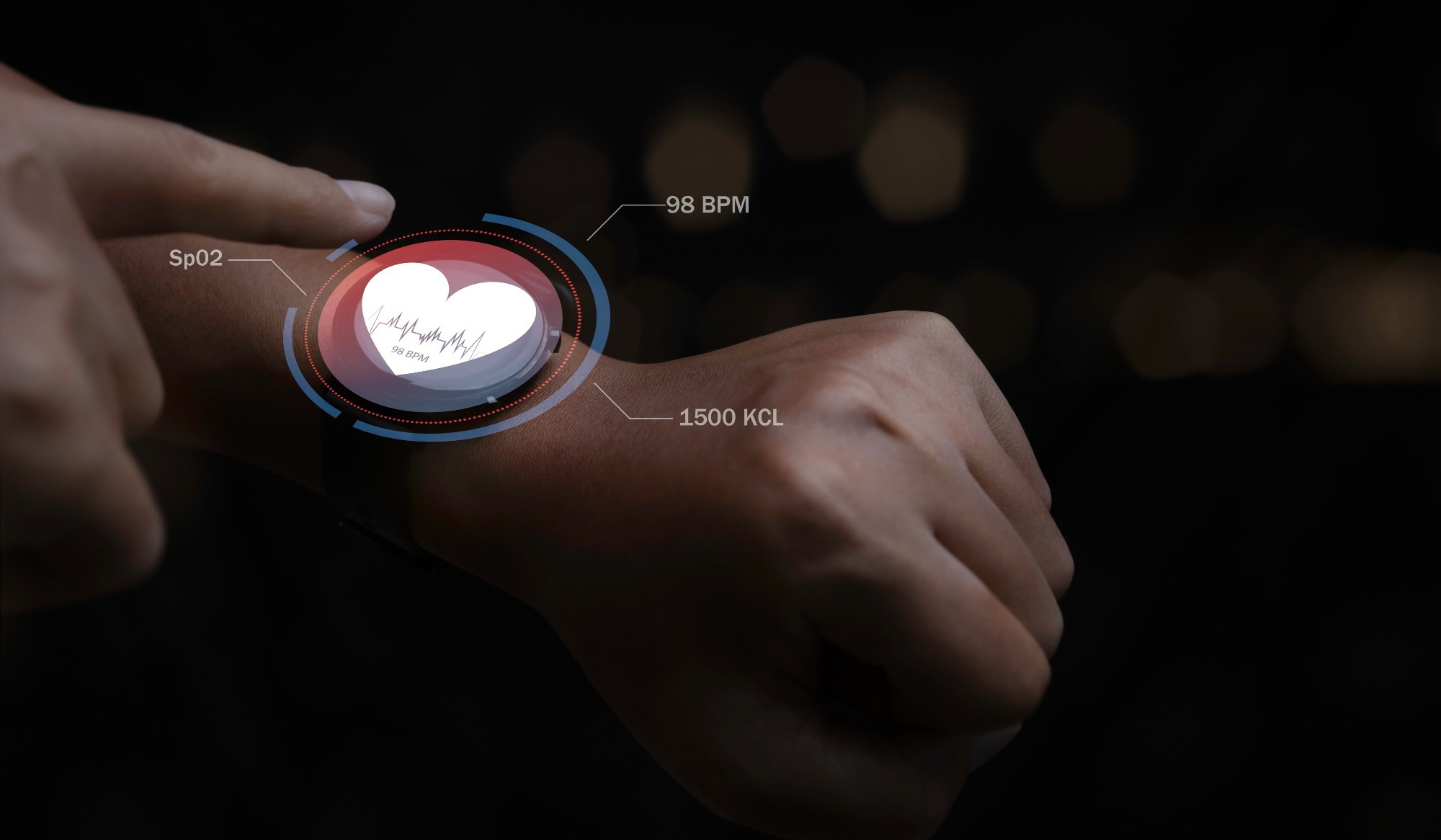In a recently published article in the journal npj Fexible Electronics, researchers from China present a novel approach to utilizing wearable sensors for assessing vascular age and cardiovascular disease.
 Study: Wearable Sensors for Vascular Age and CVD Assessment. Image Credit: nuruddean/Shutterstock.com
Study: Wearable Sensors for Vascular Age and CVD Assessment. Image Credit: nuruddean/Shutterstock.com
By integrating a stroke-volume allocation (SVA) model with existing wearable devices, the study aims to provide a cost-effective and accessible method for monitoring cardiovascular health. This innovative model has the potential to revolutionize the field of cardiovascular health monitoring by enabling real-time assessment of vascular age and early detection of cardiovascular diseases (CVD).
Background
CVDs are a leading cause of mortality worldwide, emphasizing the importance of early detection and monitoring of cardiovascular health. Traditional methods of cardiovascular assessment often require specialized equipment and trained professionals, making them inaccessible to many individuals.
Wearable sensors offer a promising solution by enabling continuous monitoring of cardiovascular parameters in a non-invasive and convenient manner. The integration of advanced algorithms, such as the SVA model, with wearable devices can enhance the capabilities of these sensors and provide valuable insights into vascular age and cardiovascular disease risk.
The Current Study
The experimental procedures involved in this study encompassed the utilization of a Biopac MP150 system in conjunction with a flexible epidermal pulse sensor to gather data from participants across various physiological states. Signals such as electrocardiogram (ECG), photoplethysmogram (PPG), respiratory rate, and blood pressure were concurrently recorded at different sampling rates to evaluate the efficacy of the SVA method in monitoring respiratory variations.
Furthermore, a comprehensive clinical trial was conducted with 48 subjects, employing commercially available wearable devices like the Apple Watch and INTS finger ring. The Vicorder system served as the gold standard for measuring carotid-femoral pulse wave velocity (cfPWV) to assess arterial stiffness.
The collected signals were processed and analyzed using MATLAB software, enabling the extraction of relevant parameters for subsequent evaluation. Statistical analyses, including receiver operating characteristic (ROC) curve analysis, calculation of area under the curve (AUC), determination of sensitivity and specificity, and generation of correlation plots, were performed to assess the performance and accuracy of the SVA model in estimating SVA.
The comparison between estimated SVAs derived from wearable sensors and those obtained from standard blood pressure waveforms revealed consistent fluctuations and high correlation coefficients, indicating the robustness of the model in capturing cardiovascular dynamics.
Despite the inherent differences in waveform characteristics between central and peripheral arterial signals, the wearable sensors demonstrated the ability to accurately compute SVA, underscoring their potential for non-invasive cardiovascular health monitoring. Notably, the calculated mean absolute errors (MAEs) in SVA estimation were found to be low, signifying the reliability and consistency of the model across diverse physiological conditions and activities.
Results and Discussion
The outcomes of the experiments and clinical trials conducted in this study underscore the effectiveness and potential of the SVA model in monitoring cardiovascular parameters and assessing vascular age. The comparison of estimated SVAs derived from wearable sensors with those obtained from standard blood pressure waveforms revealed consistent fluctuations and high correlation coefficients, indicating the robustness of the model in capturing cardiovascular dynamics across different physiological states.
The study demonstrated that wearable sensors, despite differences in waveform characteristics between central and peripheral arterial signals, were able to accurately calculate SVA, showcasing their utility in non-invasive cardiovascular health monitoring. The low MAEs observed in SVA estimation further validate the reliability and consistency of the model in tracking cardiovascular parameters and assessing vascular age.
Overall, the findings underscore the accuracy, reliability, and potential of the SVA model in assessing vascular age and cardiovascular disease, opening new avenues for non-invasive monitoring of cardiovascular parameters.
Conclusion
In conclusion, the SVA model presented in this study offers a promising approach to leveraging wearable sensors for vascular age and cardiovascular disease assessment. The results of the experiments and clinical trials demonstrate the effectiveness and accuracy of the SVA model, highlighting its potential to revolutionize cardiovascular health monitoring.
The integration of advanced algorithms with wearable technologies opens the door for real-time monitoring of cardiovascular parameters and the timely detection of CVDs. Future research in this area could focus on further validating the model in diverse populations and exploring its applications in personalized healthcare and disease prevention strategies.
Journal Reference
Qiu, S., Yan, B.P.Y. & Zhao. N. (2024). Stroke-volume-allocation model enabling wearable sensors for vascular age and cardiovascular disease assessment. npj Flexible Electronics 8, 24. https://doi.org/10.1038/s41528-024-00307-1, https://www.nature.com/articles/s41528-024-00307-1